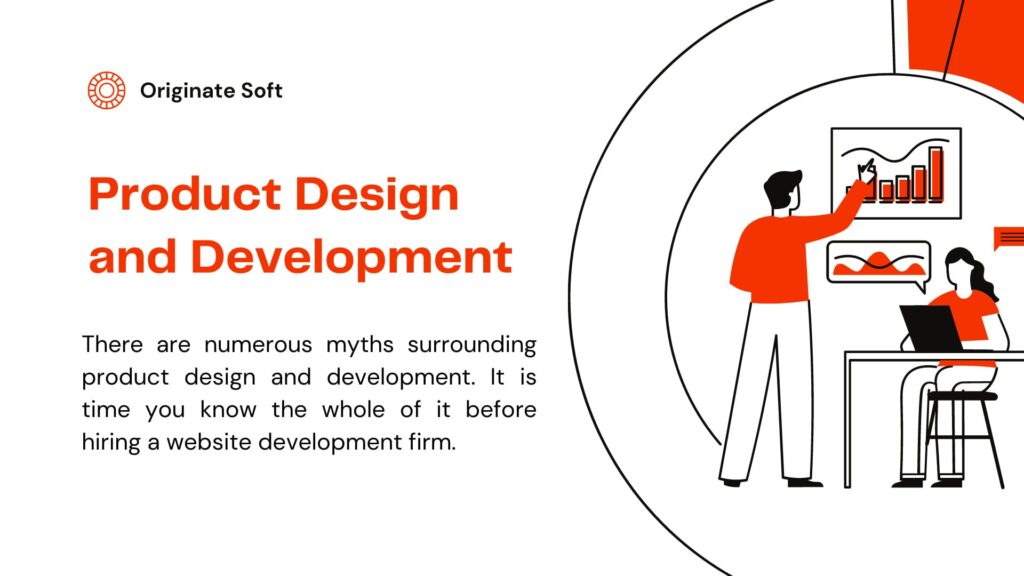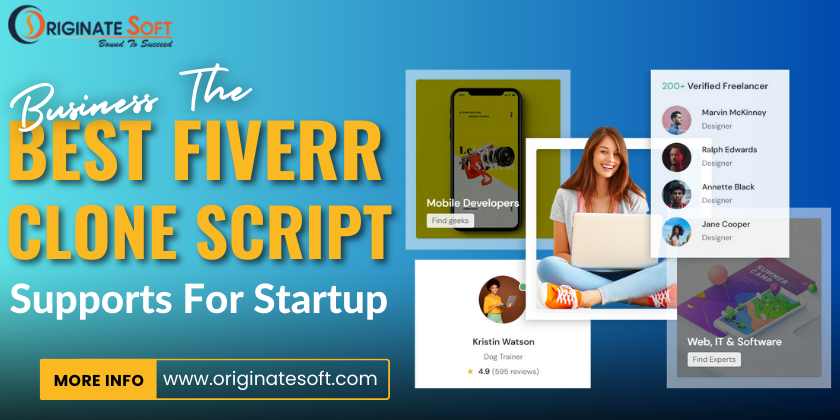
Companies of all stature are attempting to build an online presence these days. Websites are crucial in today’s world, and they aid in making an impression on users about your company. However, there are several misconceptions about product design and development that could harm your company’s online presence.
We’ve addressed some common misconceptions about website development, website design, and web application development in this blog. Originate Soft has illuminated the truth behind these myths and assisted in avoiding common misunderstandings.
Myth 1: There is no need to develop a mobile-optimized website
Truth – Today’s world moves at a faster pace, and it appears that everything must be at hand. We could also see how people need to get things done quickly. As you are not handy, building a website without responsiveness may result in you losing part of your potential clients and your online presence. As we live in a digitalized society, we are constantly exposed to multiple-sized screens. Therefore, instruct your web development companies in Kolkata likewise.
Myth 2: Having an attractive interface is enough
Truth – Design is one of the things that contribute to the attractiveness of a website as it depicts the appearance of your website. Although a nice design is enticing, it is not a guarantee of increased sales. Many additional factors contribute to the attractiveness of your website, including content, navigation, user-friendliness, responsiveness, and so on.
Fonts, images, graphics, typography, and colors are only a part of the design. It’s also about your website’s structure and accessibility. A new visitor should be able to go to his website without difficulty – this will likely result in more conversions for your business. When a new visitor/existing client doesn’t find any relevance in their search or finds it difficult to obtain the required pages/information, you risk losing them.
Myth 3: The home page should have all the focus
Truth –
The home page is really important.
When customers/visitors are specifically seeking your website – The truth is that as people use Google search queries, the number of views on the homepage is reducing.
When users search for certain items or services, Google will recommend the relevant pages because it is the most efficient method to respond to the query. In this scenario, focusing on product design and development is critical in increasing your search engine visibility.
Myth 4: Web development and design is hell expensive
Truth – It’s a common assumption that anything that needs to be built, created, or established to its full potential will be costly. There are new choices for creating a stellar web design that meets your specific requirements. You only pay for the features that have been added to your website. With its distinctiveness and reasonable pricing, this will make you stand out from the crowd.
By understanding your objectives and requirements, a product design and development team can assist you with unique designs. Rather than beginning from scratch, you can now use the customization option to create a well-designed website at a low cost.
Myth 5: More contact buttons mean more conversions!
Truth –
Do you think a page with more buttons would appeal to you? Or will it increase conversions?
Certainly not!
Only set up buttons where they’re needed. When building your website, make sure to focus on the appearance, functionality, navigation, and user experience (UX) to obtain conversions. Social media buttons are essential when you want your visitor/customer to fill out a form, subscribe to a service, take advantage of a special offer, and other similar scenarios.
Make sure not to overcrowd your website with buttons, as conversions are solely dependent on your website.
Myth 6:
More features mean more customers
Do you believe that by providing more features, you will be able to increase conversions? But, adding more features will make your website more complex, which will negatively impact the user experience. Concentrate on only adding useful features rather than introducing extra elements that would make your website less clear and complicate the user experience.

 asim.patra4
asim.patra4 +919051141321
+919051141321


